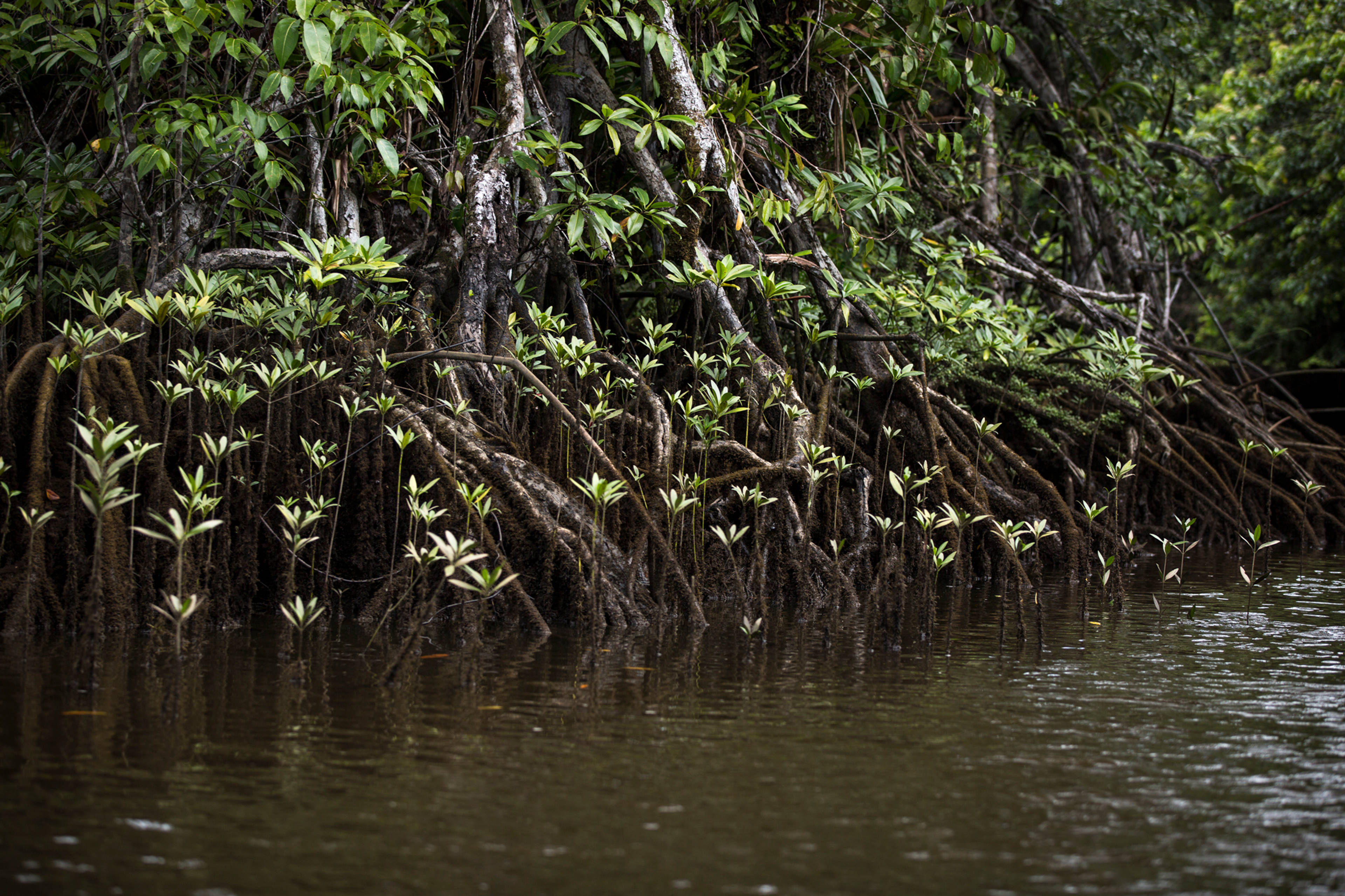Protecting a county-sized swath of the Peruvian Amazon
Jaguar Amazon REDD
Peru
183,015 ha
Developer: Greenoxx
The Jaguar Amazon REDD Project in Madre de Dios protects a county-sized area of Peruvian Amazon Rainforest in Madre de Dios, Peru. This is one of the most biologically diverse areas of the world, which is rapidly developing as a result of a trans-oceanic highway that connects this region with the Peruvian coast and western Brazil. The projects hopes to avoid deforestation by encouraging use of sustainable forest management practices throughout the project area including Brazil nut collection and processing, small harvests using localized silvicultural techniques, and forest fire prevention. The land in this carbon project is owned by the Peruvian government, but was given in a 40 year concession to a timber company who has since looked to protect the forest through the carbon market.
Connect with our team to learn more about this project and how Pachama can support your nature strategy.
This project covers forest in the province of Tahuamanu in the northeastern corner of Madre de Dios and a key habitat for jaguars a near threatened species. (Photo credit: Geoff Galice)
1/4
Protecting some of the most biodiverse rainforest in the world
Project Description
pdf







